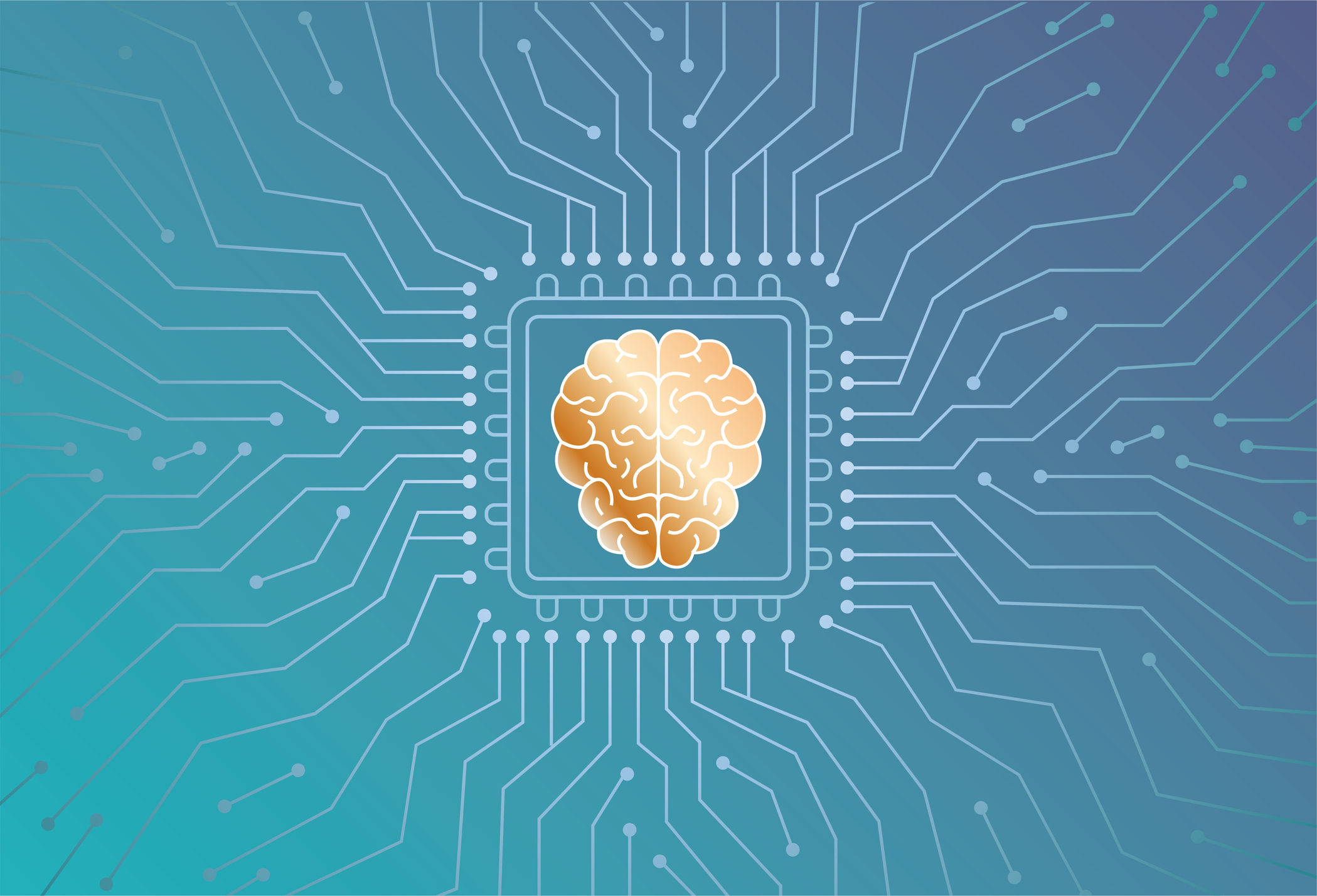Lab-grown organoids mimic the complexity of organs in vitro and provide insights into biology and disease. Researchers have leveraged organoids developed from mammary glands or tumors to study breast cancer, but they lacked models for studying mammary tissue development.1,2
Now, scientists have identified a cocktail of chemicals to generate three-dimensional milk-secreting mammary gland-like structures from mouse embryonic stem cells (mESC). The organoid model, published in Developmental Cell, could further the understanding of how stem cells commit to the mammary lineage and serve as breast cancer study models.3
“When we use embryonic stem cells, they undergo the whole process of programmed cell differentiation as it happens during embryogenesis,” said study author Shyam Sharan, a cancer geneticist at the National Cancer Institute. “So, if you want to study the embryonic development of mammary glands, you can use this system.”
To establish mammary organoids, the research team used an approach called curating stem cells to generate organoids of mammary lineage (CUSTOM). Since hair follicles and mammary glands are both skin appendages that share developmental similarities, the researchers used a skin organoid system that produces hair follicles as a starting point.
The researchers differentiated mESC into skin organoids by treating them to a cocktail of specific growth factors.4 Then they subjected the skin organoids to a mix of chemicals that aid mammary gland development in the embryo.5 The resulting organoids contained multiple cell types, including epithelial cells, fibroblasts, and fat cells. The researchers confirmed that these cells were specific to mammary lineages by using single-cell RNA sequencing. They also found that these cells had receptors for the hormone progesterone, which is characteristic of mammary glands.
The journey to establishing the first mammary organoids from mESC was not easy, said Sharan. Sounak Sahu, a postdoctoral researcher in Sharan’s lab developed the protocol from scratch. “We did not know what to do or which signal to give in what concentration,” said Sharan. This was further complicated by the lack of unique markers to confirm the mammary lineage of cells. “Any marker that we would find would be expressed in some other cells. So, how do we know that we are heading in the right direction?” he said.
Sharan and Sahu devised an experiment to resolve all doubts. They treated the organoids with prolactin, a hormone responsible for lactation, and Sharan was thrilled to see that the organoids secreted milk proteins—a first for mESC-derived mammary organoids.6 Finally, when they grafted these organoids into mammary fat pads cleared of their native tissue in nude mice, the organoids reconstituted to form mammary glands in the mouse.
“It has been a challenging problem to get cells into a state where one could argue that they were actually modeling the mammary epithelium,” said Zev Gartner, a pharmaceutical chemist at the University of California, San Fransisco who was not associated with the study. “There have been a number of publications in this area over the last five to six years, and this one has by far gone the farthest towards the goal.”
Gartner, whose team studies the organization of tissues, noted that generating organoids using stem cells is advantageous over using patient-derived cells, as the latter are not renewable and are harder to genetically edit. He added that the mammary gland stood out as a tissue that had not been successfully modeled from embryonic stem cells. “Now, that’s no longer the case,” he said.
Sharan believes that these mammary organoids will help researchers identify how cancer-causing mutations can affect mammary gland development. He also hopes to expedite the timeline of their generation in the future, so that researchers can use organoids rather than develop time-consuming mouse models to model breast cancer.
The team next plans to optimize the process for growing more mammary epithelial cells in the organoids. “There is a fair amount of accessory tissue that came along with the differentiation,” Gartner said. “Getting the differentiation to the point where the culture is primarily mammary epithelial cells and the associated stroma is the next big step that I think needs to happen.”
References
- Duarte, AA et.al, BRCA-deficient mouse mammary tumor organoids to study cancer-drug resistance. Nat Methods. 2018;15(2):134-140.
- Spina E & Cowin P, Embryonic mammary gland development. Semin Cell Dev Biol. 2021;114:83-92
- Sahu, S et.al, Spatiotemporal modulation of growth factors directs the generation of multilineage mouse embryonic stem cell-derived mammary organoids. Dev Cell. 2024;59(2):175-186.e8.
- Lee J et.al, Hair follicle development in mouse pluripotent stem cell-derived skin organoids. Cell Rep. 2018;22(1):242-254.
- Lee J et.al, Hair bearing skin generated entirely from pluripotent stem cells. Nature. 2020;582(7812):399-404
- Al Chalabi M et.al, Physiology, Prolactin. [Updated 2023 Jul 24]. In: StatPearls [Internet]. Treasure Island (FL): StatPearls Publishing; 2024














